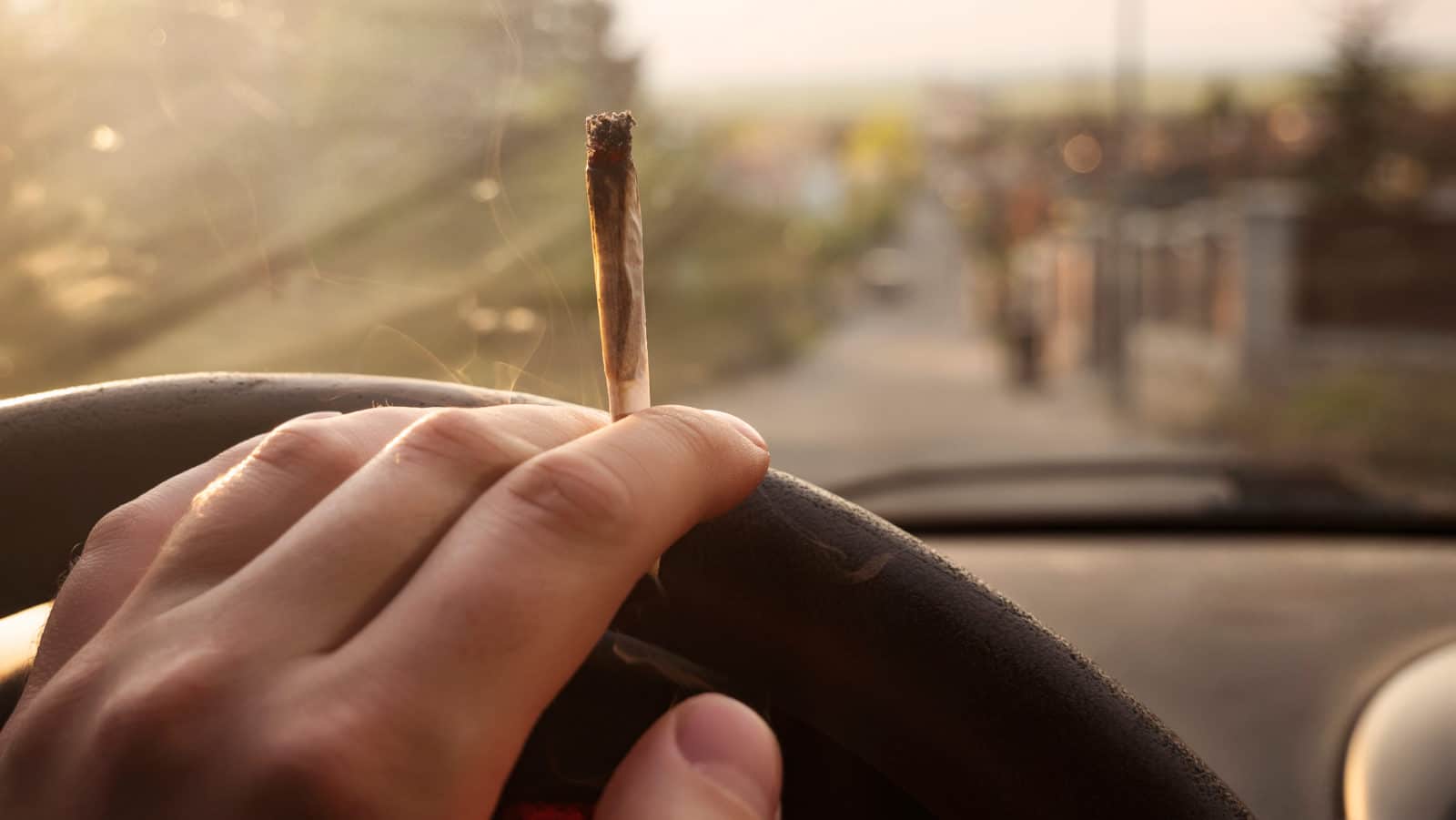
According to experts, better measures are needed to determine if the cannabis is impaired while driving
A study from Canada proves what we all know – that further improvements are needed before we can really understand the impairment of cannabis while driving and before we can really determine who is impaired.
The study comes from the Canadian Medical Association Journal and was carried out by a research team at the Lady Davis Institute of the Jewish General Hospital in Montreal. Sarah Windle, who was the lead author of the study, is now a PhD student. at McGill University.
“We’d like to have that one measure that says, okay, this person is impaired or not,” said Windle. “But unfortunately with cannabis it’s just not that easy.”
“We were really interested in finding out if there was a link between legalization and the increase in fatal vehicle collisions. The data [wasn’t] there still for Canada. So we looked to the USA. “
Through their research, the team also dug into the U.S. and found that areas of law in the states can be linked to a significant increase in vehicle collisions and deaths. In the context of Canada, a country that has fully legalized cannabis, they estimated that 308 additional deaths from driving could occur due to legalization.
“Whether this will actually happen in Canada is also another question,” said Windle. “In Canada, there are different circumstances than in the States that could prevent potential increases. Legalizing Canada at the national level has allowed for some additional public health measures that states simply don’t have. “
Problems determining cannabis impairment while driving
However, this data was not completely foolproof. According to the study, one of the biggest remaining problems is that there is still no accurate way of measuring when someone is suffering from cannabis impairment while driving. Urine and blood tests report cannabis use from days before the last use and are not a fair way to tell if a driver is currently high.
“We know cannabis has an impact on driving,” said Windle. “The detection of cannabis does not necessarily correspond directly to an impairment. That is a great challenge in this literature. At what level is someone really impaired and it seems that this depends on many factors: on (the) individual, on their level of tolerance, how often they use, what kind of cannabis and its potency they use. “
Currently, Canada police rely on a standardized field sobriety test or an expert drug detection assessment to determine if someone has used cannabis. However, the results are not always reliable. You can also rely on the outdated methods of taking urine or blood samples.
According to Jeff Brubacher, an emergency medical practitioner and professor at the University of British Columbia who teaches emergency medicine, how much cannabis is involved in impairment is a complex one.
“The problem with levels is that they don’t correlate really well with impairment,” Brubacher said of the inconsistency in the data available on the subject. “We examined the relationship between risk and level and found that people with a level of less than five nanograms / ml do not have an increased risk of causing a collision. That was interesting because the lowest limit per se is two nanograms / ml. “
“If you break the legal limit, there are fines, there can be jail time for repeated violations, and that is outside of the determination of driving impairment,” he added.
There is still no clear answer on how to determine how much we are affected by cannabis while driving, and more work needs to be done to find that answer. However, such research will help provide more data and bring the legal cannabis world one step closer to solving the problem of driving disorder.

Post a comment: